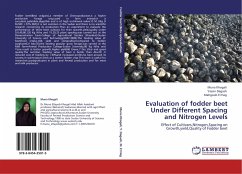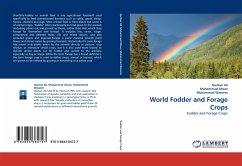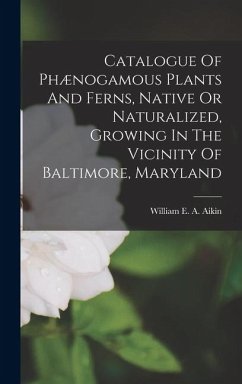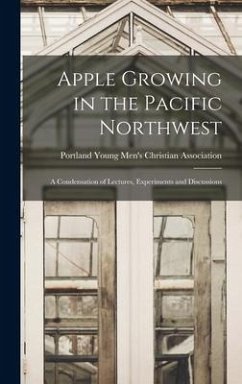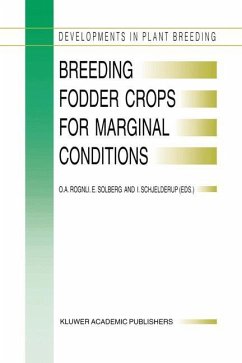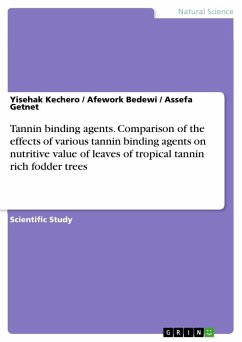
Fodder Beet Growing in the World and Syria
from seed to feed
Versandkostenfrei!
Versandfertig in 1-2 Wochen
26,99 €
inkl. MwSt.

PAYBACK Punkte
13 °P sammeln!
There is an interest among farmers in many countries to grow forage and fodder crops to meet their own livestock production needs and recently attention has grown to the cultivation of this crop in Syria. Fodder beet has a higher yield potential than any other arable fodder crop. The main use of fodder beet is for feeding ruminants. The above and below growth parts (leaves and roots) are used to feed the animals but the main fodder is tuberous roots. This book included the importance of this crop for animal production, varieties and all agricultural practices to get high yield and quality from...
There is an interest among farmers in many countries to grow forage and fodder crops to meet their own livestock production needs and recently attention has grown to the cultivation of this crop in Syria. Fodder beet has a higher yield potential than any other arable fodder crop. The main use of fodder beet is for feeding ruminants. The above and below growth parts (leaves and roots) are used to feed the animals but the main fodder is tuberous roots. This book included the importance of this crop for animal production, varieties and all agricultural practices to get high yield and quality from seed to feed.



